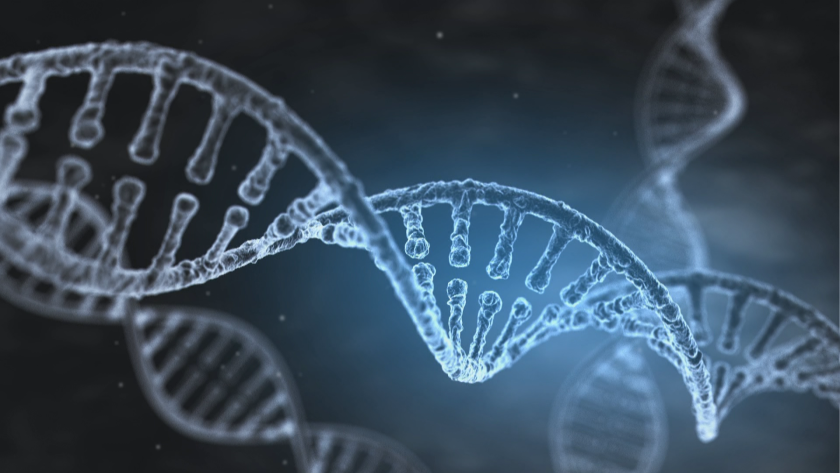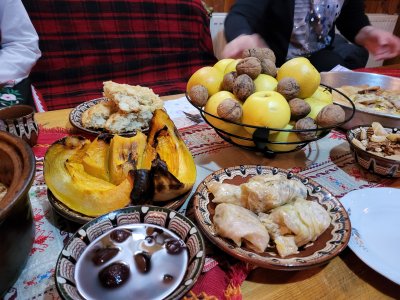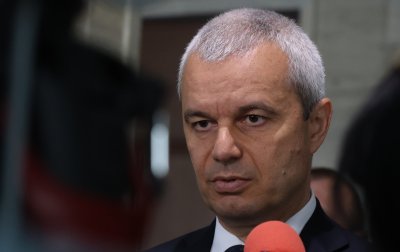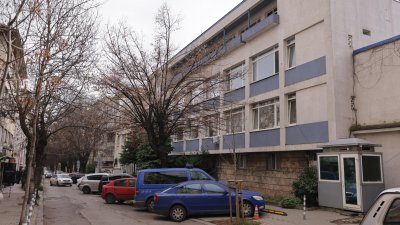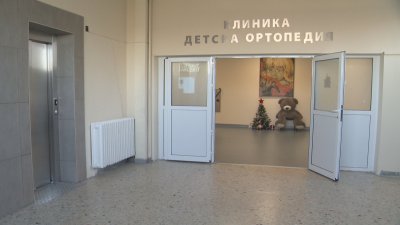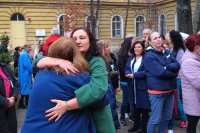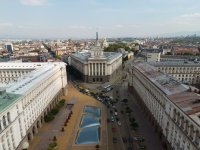World-renowned scientists are gathering in Sofia to exchange knowledge on the latest discoveries in the field of genome architecture. Among them are the research team that managed to identify ancient chromosomes in woolly mammoth remains, as well as a scientist who is looking into the link between cancer metastasis and genome structure.
The conference is organised by the Institute of Molecular Biology at the Bulgarian Academy of Sciences (BAS), the Curie Institute in Paris, and Rice University in Houston, USA.
These scientists are decoding the blueprint through which life itself is programmed. Professor Erez Aiden compares DNA to a machine that not only stores information but actively interacts with it. Together with his team, he studies samples from a woolly mammoth and proves that it is possible to find completely preserved fossils containing entire ancient chromosomes. “It’s like finding not just a single dinosaur bone, but an entire skeleton,” he explains.
“You can see complete fragments, exactly where they were 52,000 years ago, when this mammoth died. That means we now know everything about the chromosomes of an extinct species.”
— Prof. Erez Aiden, Director of the Center for Genome Architecture, Baylor College of Medicine
— So, does that mean you could bring it back to life?
“That is one of the possibilities,” Aiden replies.
Successes in genome mapping raise many ethical questions. The time may soon come when genetic cloning of humans becomes technically feasible.
“One of the challenges will be whether a person’s memories can be restored. That might sound hard to imagine now, but we’ve found that molecules can remain stationary for long periods. After all, our memories are made of molecules — so nothing is out of the question. But just because we can do something doesn’t mean we should.”
— Prof. Erez Aiden
Understanding the mechanisms that prompt cells to behave in certain ways is key to treating diseases like cancer. For years, Prof. Herbert Levine has been developing mathematical models to explain how metastases form in various organs.
“Why do certain cells, which are supposed to remain in one place, suddenly begin to move? Why does their DNA change in such a way that treatment no longer works? Can we influence them? Cancer cells fight to survive and use the structure of their DNA. What are those mechanisms? These are the questions we are trying to answer.”
— Prof. Herbert Levine, Center for Theoretical Biological Physics, Boston
Twenty-five years ago, scientists succeeded in sequencing the human genome. The focus has now shifted to its three-dimensional architecture — how DNA replicates and repairs itself within cells. The practical implications of these discoveries are poised to transform the world as we know it.









 Чуй новините
Чуй новините Подкаст
Подкаст